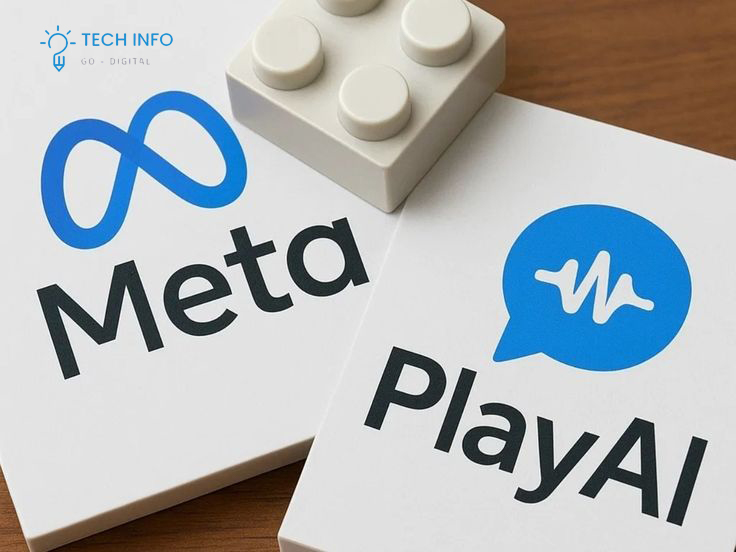Table of Contents
ToggleX Pulls Likes and Follows from Free API Tier – What It Means for Developers

The evolution of X’s developer API continues, and this time the free tier is taking another hit. The company has now removed access to likes and follows, features that were once essential for small developers, researchers, and indie projects experimenting with social integrations.
Why This Matters
For years, APIs allowed developers to build tools, analyze trends, and create new experiences around the platform. Removing likes and follows means:
- Developers can no longer track engagement metrics in the free tier.
- Apps designed to analyze popularity or community growth lose functionality.
- Social dashboards and research tools built on the free tier become nearly obsolete.
The Bigger Picture
This decision signals s push toward monetizing data access. Likes and follows are high-value engagement signals, and by locking them behind paid tiers, ensures:
- Only serious developers and businesses can access them.
- Data scraping and free analytics projects face more barriers.
- Small hobbyists and academics will need to rethink their approach—or pay.
Impact on Developers
Indie coders who relied on the free API to experiment with social insights may feel shut out. Many third-party apps and bots that ran on lightweight engagement data will either:
- Scale back their functionality.
- Shift to alternative platforms.
- Seek sponsorship to afford higher-tier access.
What Comes Next?
We’re likely heading toward an era where API access is strictly commercialized, prioritizing enterprise clients over open innovation. For developers, the choice is clear:
- Pay up for the full data access.
- Pivot to building on smaller, open networks.
- Or abandon X as a development playground altogether.
Developers and Innovation
Meta Description: X (Twitter) has removed likes and follows from its free API tier. We break down what this means for developers, researchers, and the future of open platform innovation.
The landscape for developers building on top of major social platforms is shifting once again, and not in their favor. In its latest move, X (formerly Twitter) has quietly but decisively removed access to two of the most fundamental social engagement metrics—likes and follows—from its free API tier.
This isn’t just a minor tweak; it’s a fundamental change that strips away the core utility of the free offering. For indie developers, researchers, and hobbyists, this decision effectively pulls the rug out from under projects that relied on this data to analyze trends, build community tools, and experiment with new ideas.
Why the Removal of Likes and Follows is a Critical Hit
APIs (Application Programming Interfaces) are the bridges that allow external software to communicate with a platform like X. For years, the free tier, though limited, provided just enough access for developers to tinker and create.
Likes and follows are the heartbeat of social engagement. Their removal from the free API means:
- No More Engagement Tracking: Developers can no longer track how users interact with tweets beyond the bare public text. Understanding what resonates with an audience is now impossible without paying.
- Community Growth Tools Are Broken: Apps designed to help users or businesses analyze their follower growth, identify their most popular content, or understand community dynamics have lost their core functionality.
- Research and Academic Projects Stifled: Academics and students often used the free API to conduct research on social trends, information spread, and public sentiment. This valuable, non-commercial work now faces a significant paywall.
Reading Between the Lines: X’s Strategic Pivot
This move is far from arbitrary. It’s a clear signal of X’s broader strategy under Elon Musk’s leadership: the aggressive monetization of its data and ecosystem.
By locking high-value engagement signals behind a paid tier, X achieves several goals:
- Prioritizes Revenue-Generating Clients: The free tier becomes a mere teaser, pushing all serious developers—whether commercial or academic—toward the paid API tiers, which start at a substantial cost per month. This ensures that only well-funded businesses or projects can access valuable data.
- Creates a High Barrier to Entry: This move effectively kills off a vast swath of lightweight third-party apps, bots, and tools that were built for niche communities or as passion projects. The friction of cost is too high for hobbyists.
- Reduces Platform Strain and Scraping: While officially stated as a reason to combat spam and data scraping, this also consolidates control. X would rather have a fewer number of paying, verified API clients than a large number of free, unpredictable ones.
The Bottom Line: A Closed Ecosystem Emerges

X’s decision to remove likes and follows from its free API tier is more than just a policy change; it’s a philosophical one. It marks a definitive shift from a platform that once embraced (or at least tolerated) external innovation to a walled garden that prioritizes direct monetization.
The takeaway is clear: X is no longer a playground for open experimentation. For developers, the future of building on X is a commercial enterprise, not a creative one.
This trend isn’t unique to X—it’s a reality across many major tech platforms. However, the speed and severity of these changes highlight the importance for developers to diversify, avoid building on a single platform’s goodwill, and advocate for a more open web.





